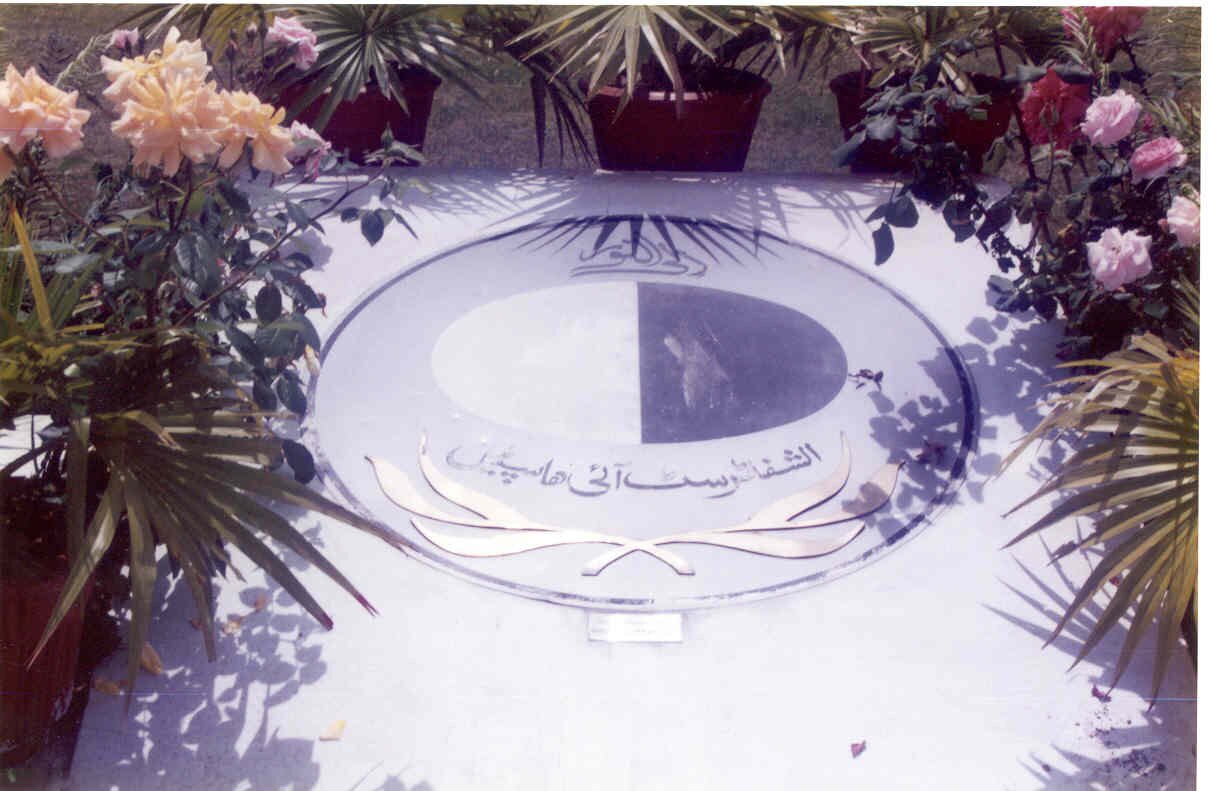|
Al-Shifa Journal of???????????
|
||||||||||||||||||||||||||||||||||||||||||||||||||||
|
Aims and Scope
Ocular Infections and Seasonal Variations Sensitivity of Tests in Dry Eyes Intravitreal Kenacort in Macular Edema ERG in Diagnosis of Retinal Problems |
Role of ERG in diagnosis of medical retinal problems Amtul-Aziz, MBBS, DOMS, Shehla Rubab MBBS, MCPS, FCPS, Fellow in Pediatric Ophthalmology Purpose: To highlight the importance of ERG in differential diagnosis of medical retinal problems.Study Design: Illustrative Case report Participants: An 8 year old girl with history of night blindness and her four affected family members. Methodology: Medical and family history of the child followed by ERG of child and her family members. Results: The clinical diagnosis of congenital stationary night blindness was changed to that of Cone-Rod Dystrophy after ERG of child and family. Conclusion: ERG has important role to play in diagnosis of medical retinal problems which may affect prognosis and genetic counselling. Al-Shifa Journal of Ophthalmology 2005; 1: 34-36 © Al-Shifa Trust Eye Hospital, Rawalpindi, Pakistan.? ? |
|||||||||||||||||||||||||||||||||||||||||||||||||||
In the differential diagnosis of medical retinal problems, especially in children difficulties are encountered in arriving at a diagnosis where the disease is not manifested fully. In this situation ERG plays an important role not only in diagnosis but also in follow-up and prognosis of the disease.ERG (full field light –evoked electro-retinogram) is the record of a diffuse electrical response generated by neural and nonneuronal cells within the retina and pigment epithelium in response to light.Originally received: May 3, 2004 It has three components, an initial negative deflection? a? wave, subsequent positive component termed as “b? wave and a final prolonged positive component referred as “c? wave. ? Case report: A girl aged 8 yrs visited Pediatric Ophthalmology Department of Al-Shifa Trust Eye Hospital, Rawalpindi with history of night blindness and defective vision. Family history was positive in 4 out of 10 siblings. On examination she was found to be myopic. Her vision was 6/12 in both eyes which improved to 6/9 after correction. Anterior segment was normal. On preliminary examination no gross changes in fundus could be found except generalized granularity & myopic degeneration. She was labelled as a case of Congenital Stationary Night Blindness and was advised to have ERG. Full field standard ERG revealed that Rod response as well as Cone response was markedly reduced. All the effected members of the family were examined who underwent ERG as well. All effected members had markedly reduced Rod and Cone response. Finally the a diagnosis of Cone-Rod Dystrophy was made. |
||||||||||||||||||||||||||||||||||||||||||||||||||||
|
???????????????? Table: Examination of the four affected family members |
||||||||||||||||||||||||||||||||||||||||||||||||||||
? |
||||||||||||||||||||||||||||||||||||||||||||||||||||
|
Discussion In patients with Cone dystrophy, rod responses are entirely normal or only minimally affected in the early stages. With time, rod as well as cone responses can show additional impairment.¹? Some autosomal recessive and, less frequently, autosomal dominant forms can, however manifest appreciable rod ERG amplitude reduction even at the time of diagnosis2. Such patients are best described as having a Cone-rod dystrophy. Cone-rod dystrophy patients infrequently complain of poor night vision3. Usually the fundus examination then shows retinal attenuation and midperipheral as well as peripheral pigment clumping in addition to a macular lesion. Optic disc atrophy has been reported in these patients4. ?
1; Marmor MF, Zrenner E. Standard for clinical electro-retinography. Docum Ophthalmol 1995; 89 (3): 199-210,1995 2. Niemeyer G., Grbpvic B, and ?Gloor B Electro retinographic diagnosis in infants. Klin.Mbl.Augenheilk 1993; 202: 417- 421 3. Ripps H, Noble KG, Greenstein VC, et al: Progressive Cone Dystrophy. Ophthalmology 1987:94:1401-1409. 4. Krauss HR, Heckenlively JR: Visual field changed in cone-rod degenerations. Arch Ophthalmol 1982:100:1784-1790 |
||||||||||||||||||||||||||||||||||||||||||||||||||||

